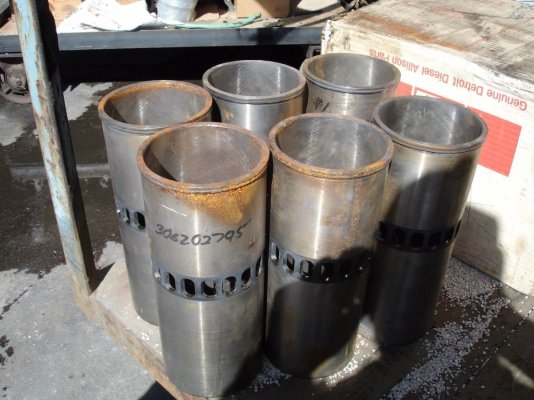sunchaser
Guru
- Joined
- Apr 9, 2008
- Messages
- 10,194
- Location
- usa
- Vessel Name
- sunchaser V
- Vessel Make
- DeFever 48 (sold)
The January/February issue of PassageMaker has an interesting article on diesel engine life by Steve Zimmerman. It is well worth reading particularly since there is one subject he raises that runs counter to many popular notions - engine loading.
Steve offers up that to maximize engine life (meaning hard iron innards) the engine should be operated at 35% load, as measured by fuel burn, or less, except for bursts to 80% load to clean things out. He defines how load is calculated, M ratings, prop curves, old vs new engines and general maintenance.
A read of the article should keep in mind Steve Z is not your average weekend boating warrior. He is a step or two above most of us. In my case the engines cruise along at 30% load with a few minutes per day above or below. On TF it is common to read that diesels are meant to be run hard, heck even at 80% load continually.
The PM article gets one to thinking,
Steve offers up that to maximize engine life (meaning hard iron innards) the engine should be operated at 35% load, as measured by fuel burn, or less, except for bursts to 80% load to clean things out. He defines how load is calculated, M ratings, prop curves, old vs new engines and general maintenance.
A read of the article should keep in mind Steve Z is not your average weekend boating warrior. He is a step or two above most of us. In my case the engines cruise along at 30% load with a few minutes per day above or below. On TF it is common to read that diesels are meant to be run hard, heck even at 80% load continually.
The PM article gets one to thinking,

 Now its up to me to continue the maintaining
Now its up to me to continue the maintaining
